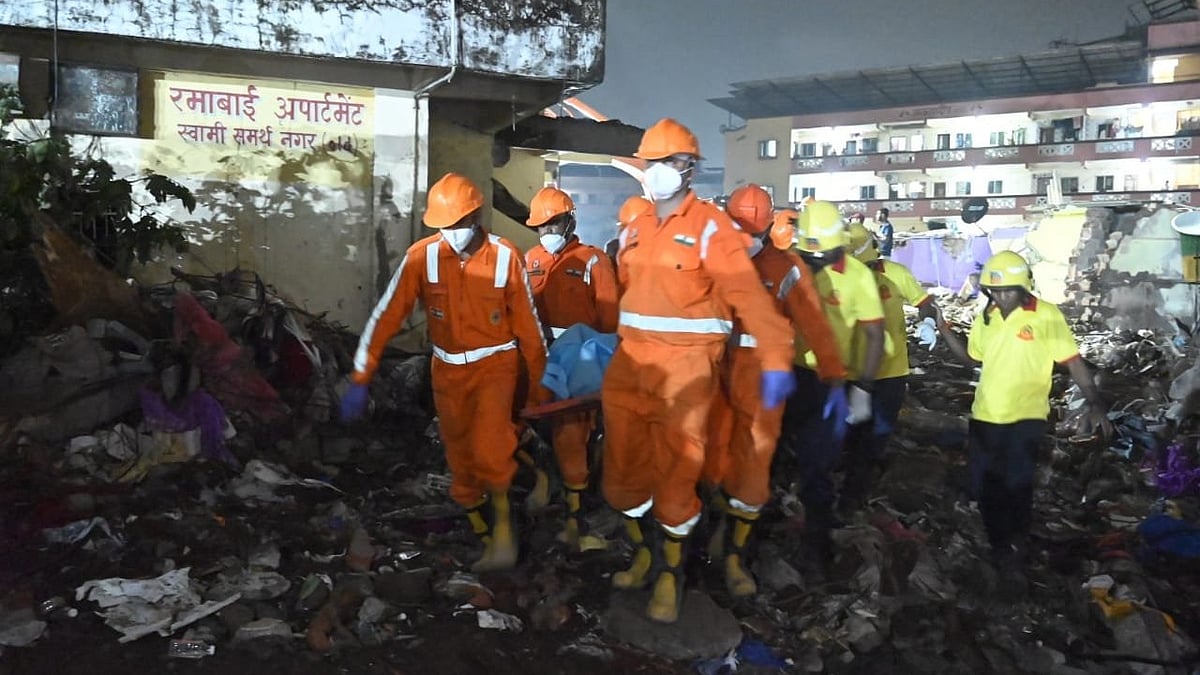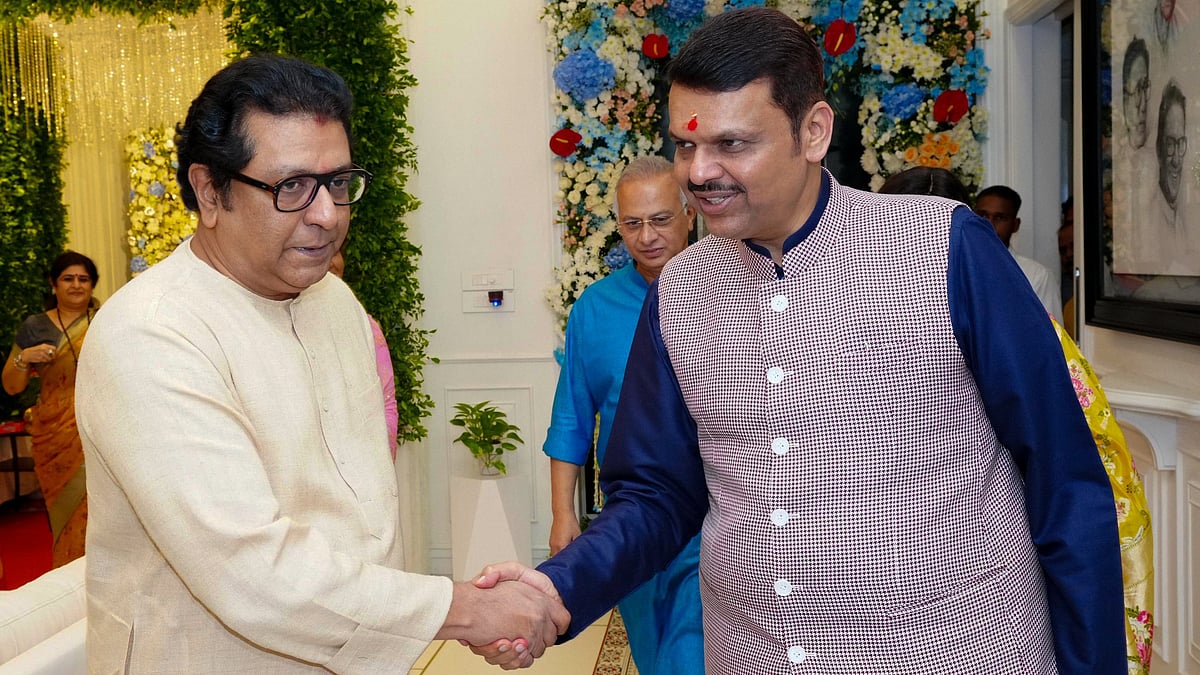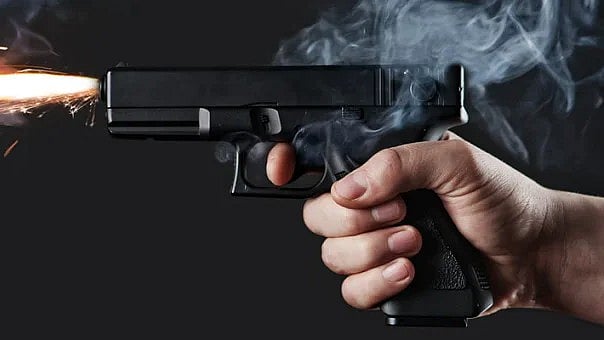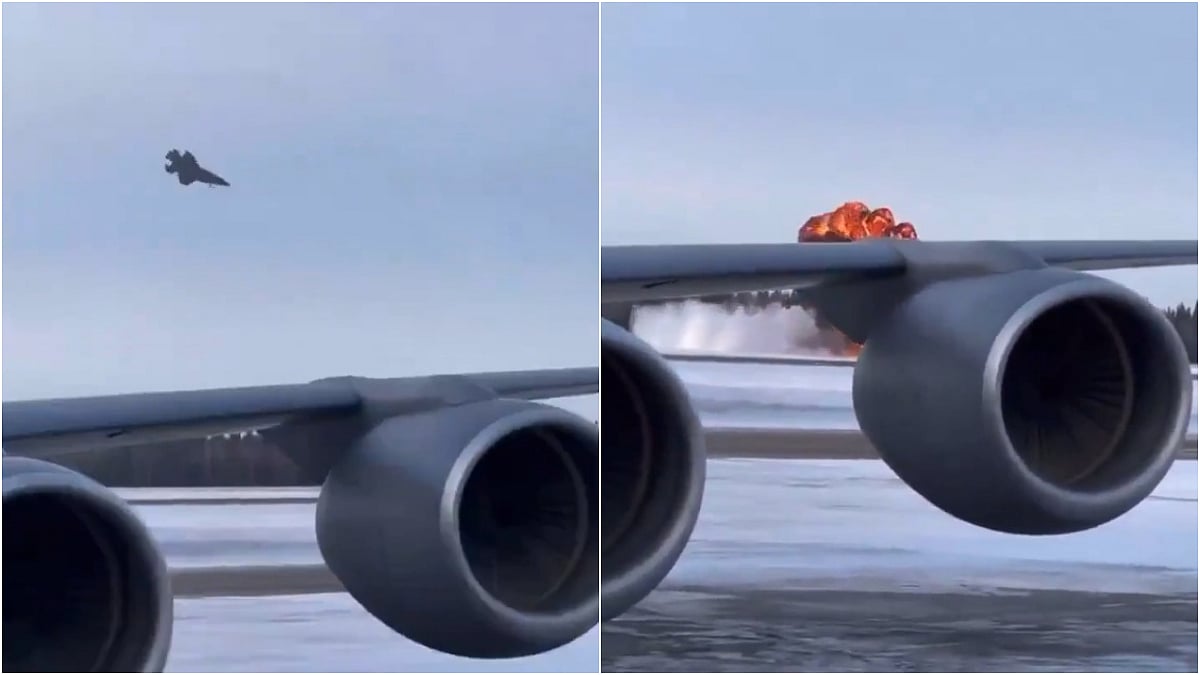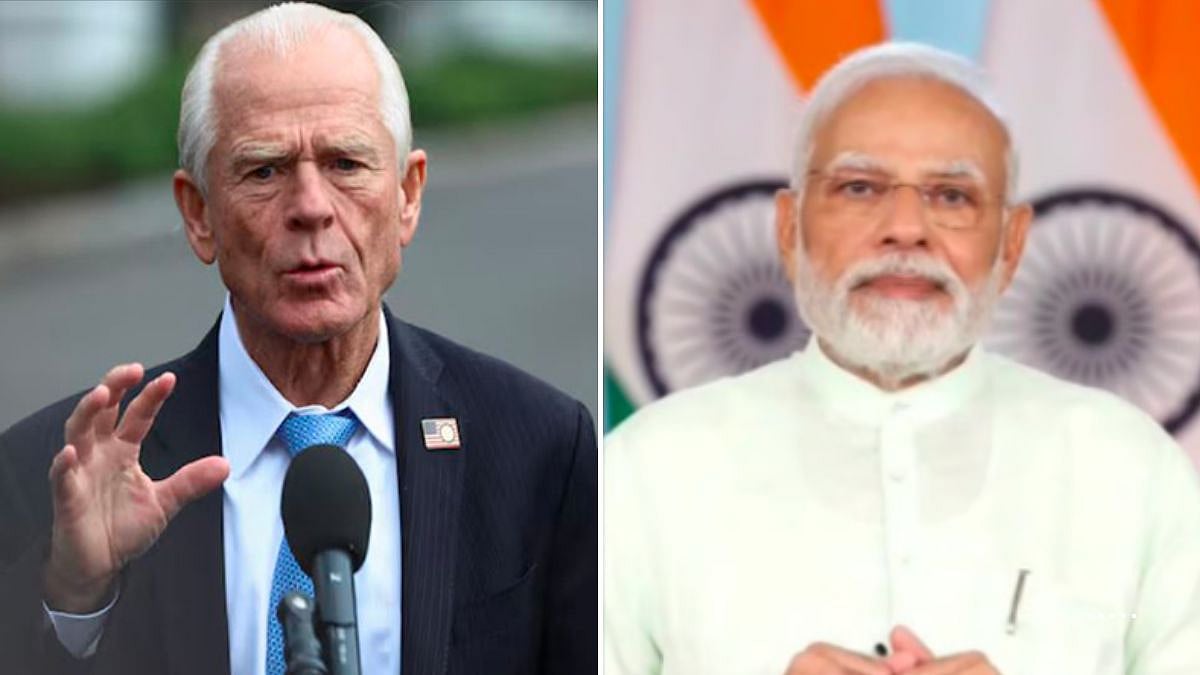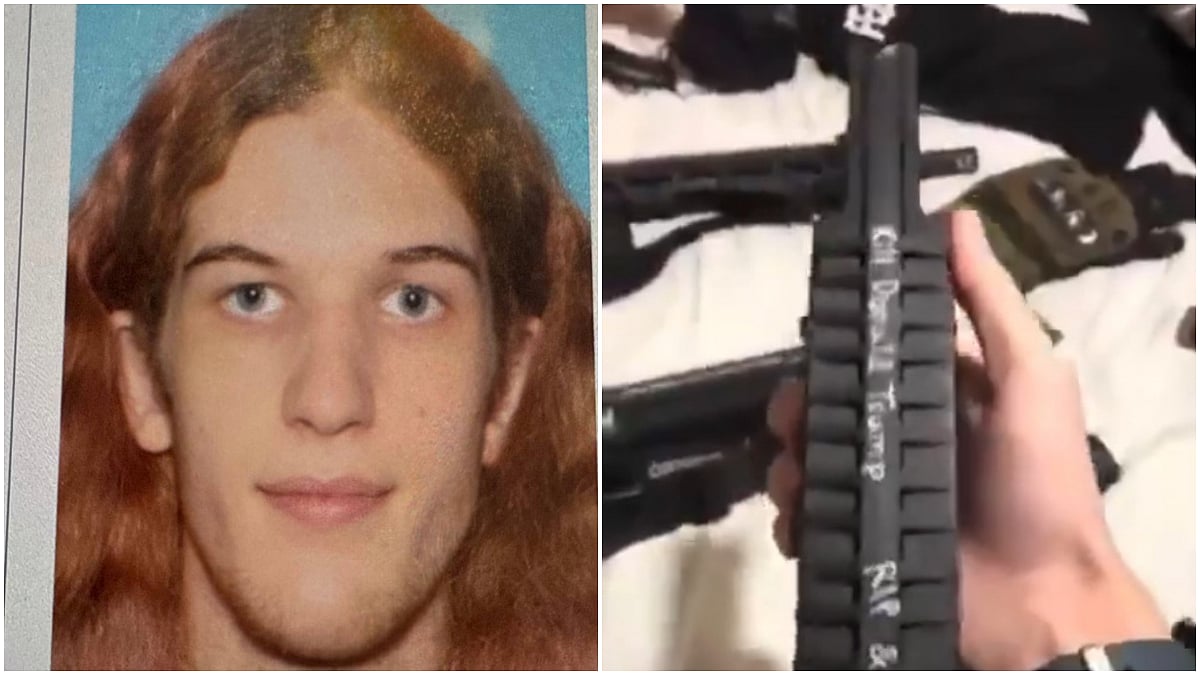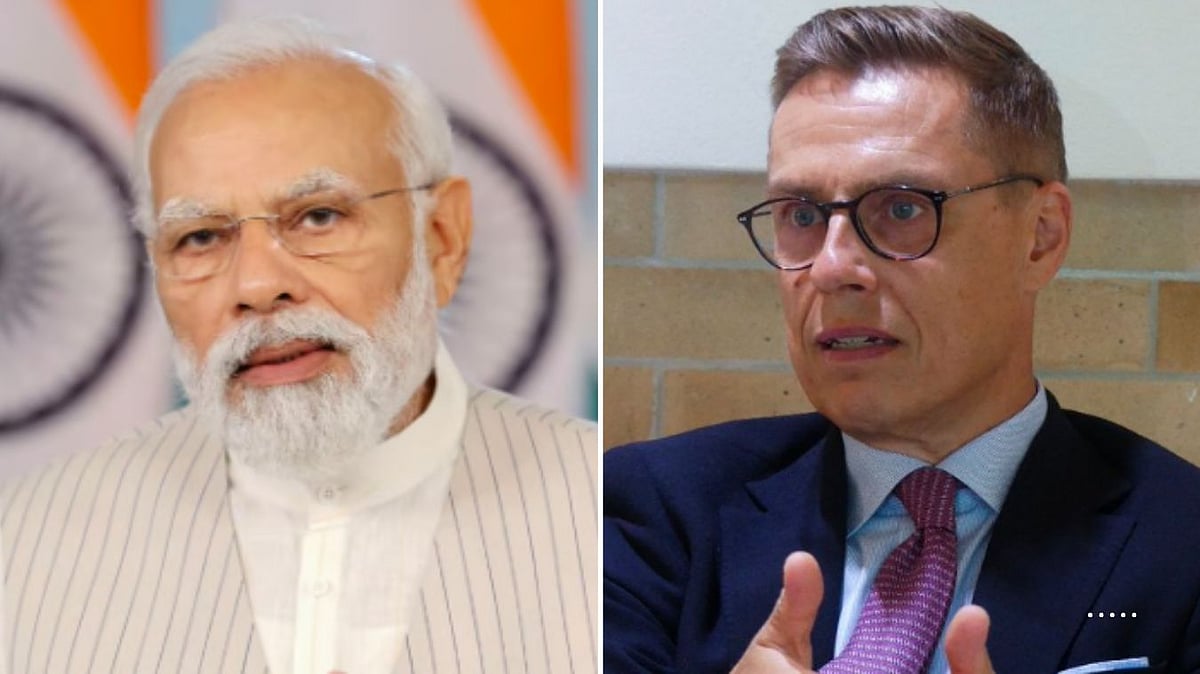Russia on Wednesday launched a carrier rocket, Soyuz-2.1a, into space from the Plesetsk cosmodrome in Mirny, Arkhangelsk Oblast. The letter 'Z' was painted on the rocket, which has been seen on the equipment of the Russian army participating in the Ukraine invasion.
Earlier, Russian employees at the Baikonur Cosmodrome, a spaceport in an area of southern Kazakhstan leased to Russia, have now marked the transporter vehicle used to carry Soyuz rockets into launch position with “V” and “Z” symbols.
Dmitry Rogozin, the head of Russia’s space agency Roscosmos, announced on 4 March about the markings on the transporter vehicle, claiming that they represent “solidarity” with Russian soldiers in Ukraine.
“Baikonur is in solidarity with the actions of our Armed Forces, supports our guys who are fulfilling their patriotic and military duty,” Rogozin said on Twitter.
NASA Administrator Bill Nelson on Friday played down recent comments by the head of Russia’s space agency that the United States would have to use broomsticks to fly to space after Russia said it would stop supplying rocket engines to U.S. companies.
“That’s just Dmitry Rogozin. He spouts off every now and then. But at the end of the day, he’s worked with us,” Nelson told The Associated Press. “The other people that work in the Russian civilian space program, they’re professional. They don’t miss a beat with us, American astronauts and American mission control.”
Nelson spoke with The Associated Press hours before three Russian cosmonauts launched from Baikonur Cosmodrome in Kazakhstan to the International Space Station, the first crew launch since Russia’s invasion of Ukraine in February.
The war has resulted in canceled spacecraft launches and broken contracts, and many worry Rogozin is putting decades of a peaceful off-planet partnership at risk, most notably at the International Space Station.
Besides threatening to pull out of the space station and drop it on the U.S., Europe or elsewhere, Rogozin had the flags of other countries covered on a Soyuz rocket awaiting liftoff with internet satellites. The launch was called off after the customer, London-based OneWeb, refused his demands that the satellites not be used for military purposes and the British government halt its financial backing.
Open source analysts and military experts first spotted the mysterious Z-shaped letter hand-painted on Russian tanks and military trucks massed on the Ukrainian border on 19 February, leading to widespread speculation among western experts as to what the letter meant.
As Russia’s invasion began, more military hardware was spotted emblazoned with Zs, as well as other letters, including O, X, A and V. The letters seen on the hardware were usually framed by squares, triangles, and other painted shapes. As a letter, Z does not exist in the Cyrillic Russian alphabet; rather, a letter resembling the figure 3 represents the “z” sound.
The most popular theory used by military experts to explain the letters is that they were written according to the respective areas where the Russian troops are usually stationed, with Z potentially standing for Zapad (west).

